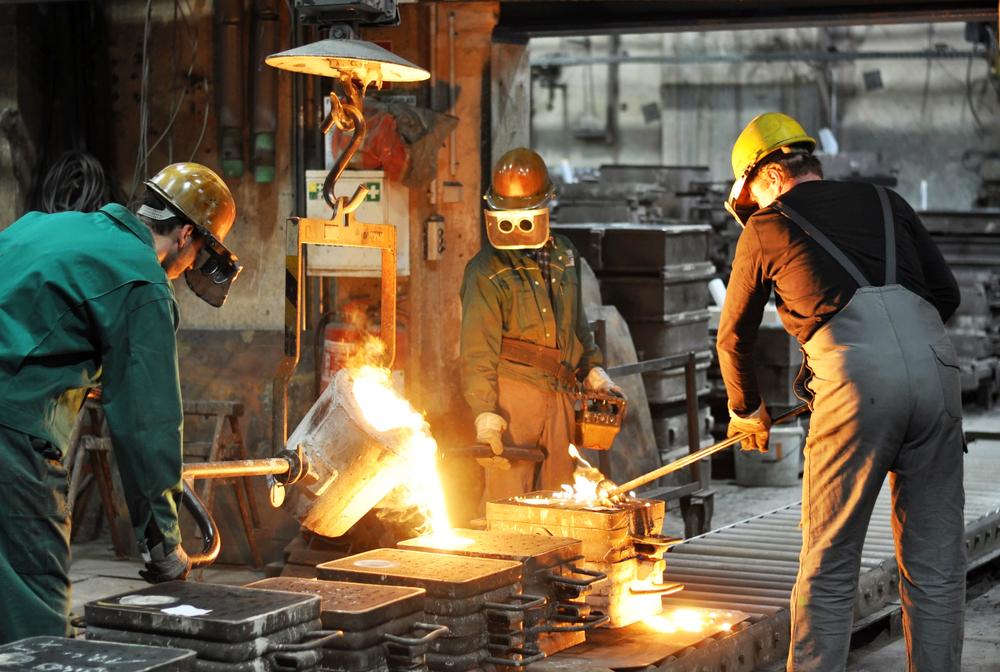
Posted on July 20th, 2023 by Carrier Vibrating
Metal casting is the process of pouring liquid metal into a cavity to give it a shape before it is cooled and extracted. The cavity is the negative impression of the desired shape.
Let us look at a few critical metal casting methods while developing the vocabulary.
Casting Terminology
To better understand the methods that follow, learning some fundamental terminology related to metal casting can be helpful:
- A mold is a two-part form made of sand or metal that shapes the molten metal.
- Cope and drag are the top half and the bottom half of a horizontally parted mold, respectively.
- A core is a sand or metal that shapes the inside of the casting.
- A pattern is a wood, metal, or plastic shape forming a sand cavity.
- Dimensional tolerance is the acceptable variation in the size of the final product.
- Surface finishing is how granular, bumpy, or rough the casting surface will be.
Types of Metal Casting
Metal casting is classified into two main categories: expendable and non-expendable casting, which can further be differentiated by the material of the mold and pouring method.
Reusable molds:
Permanent molds
Permanent molds are made of metal with a higher melting point than the metal to be molded. They typically have simple cores which can be withdrawn from the casting for re-use. Though permanent mold casting cannot produce thin shapes, it is easy to predict the size and shape of the final casting. This casting will be dense and finely grained with a smoother surface finish.
Continuous casting
Continuous casting further refines the casting process to make it more suitable for continuous mass production. The mold is open-ended and water-cooled. And the casting goes through different processes before completion. Continuous casting is cheaper and more effective for producing standard products. It is used for steel, copper, aluminum, and lead.
Centrifugal casting
Centrifugal casting is done by feeding liquid metal into a rotating water-cooled mold. Centrifugal force creates an even layer of the metal being cast. It only works with shapes with even geometries. It is used for small metal castings, such as jewelry.
Die casting
The die casting is done by forcing molten metal into mold cavities under high pressure. Die castings are typically made from nonferrous metals like zinc, copper, and aluminum-based alloys. It produces well-detailed surfaces.
Expendable molds:
Sand casting
Sand casting is the most common method of casting. It uses molds of clay that are abundant and cheap. Sand cores are also easy to remove. Sand casting best serves the production of large, rugged pieces of metal.
Shell molding
Shell molding uses a hardened shell of sand to mold the metal. It uses finer sand mixed with a heated resin to turn it into a hardened shell. It gives a much finer surface finish, making it ideal for more complex pieces. It is used to cast iron, aluminum, magnesium, and copper alloys.
Safe and Precise Molding with Carrier Vibrating
Carrier Vibrating is a pioneer in vibration technology, offering a variety of industrial foundry equipment that is designed with safety and quality in mind while proving to have a high-efficiency rate regardless of the task at hand.
Get in touch to learn more about our range of feeders and other vibrating technology.






